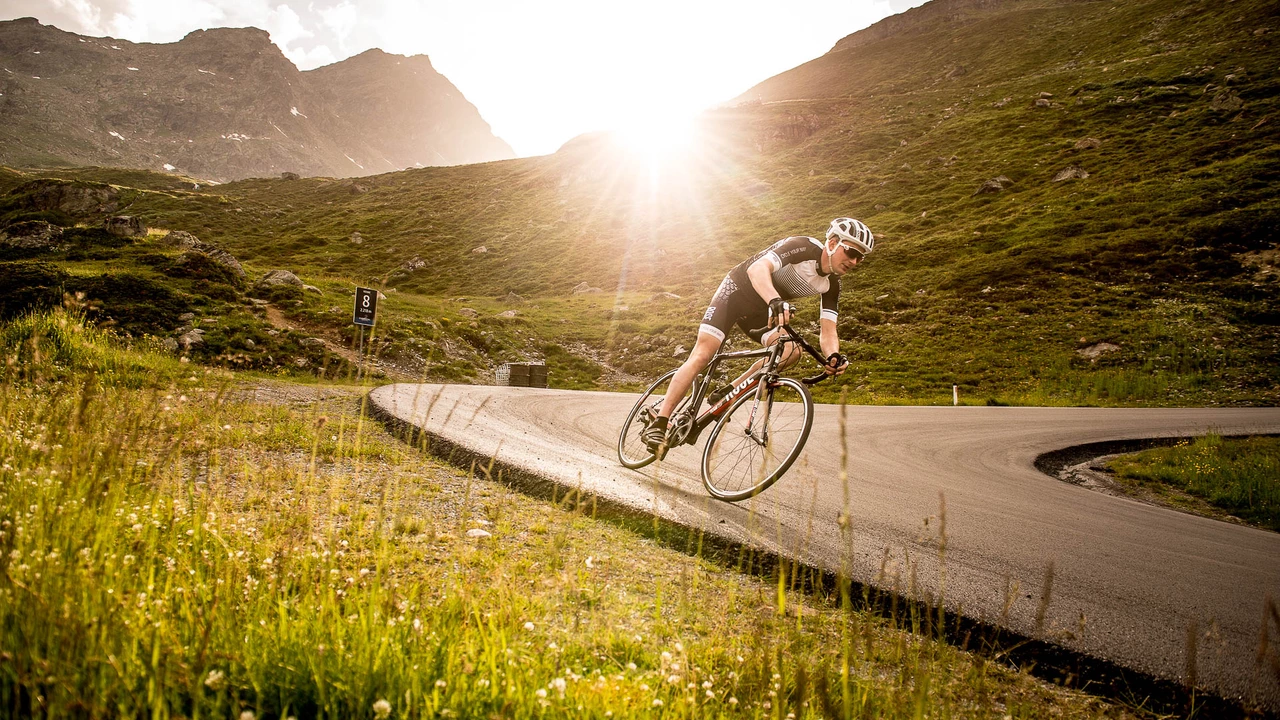Cycling Challenges
When talking about Cycling Challenges, the obstacles, special events, and everyday hurdles that test a rider’s skill, stamina, and mindset. Also known as bike challenges, they shape how cyclists train, compete, and enjoy the sport. cycling challenges push you to adapt, whether you’re tackling a steep climb, a long‑haul ride, or a mental block. This tag page gathers stories and tips that show exactly how those challenges play out on real roads and tracks.
Why Doping Is a Major Challenge
One of the toughest Doping, the use of performance‑enhancing substances that threaten the fairness of competition. It’s also called performance‑enhancement abuse. Doping creates a shadow over races, forces governing bodies to tighten controls, and adds psychological pressure on clean athletes. The relationship is clear: Cycling Challenges encompass the ethical and health hurdles that doping presents. Understanding this issue helps riders focus on clean training methods and stay aware of the sport’s integrity.
Another layer of challenge comes from the growing push for Women in Cycling, the movement toward greater female participation and visibility in competitive and recreational riding. Often referred to as female cycling inclusion, it influences everything from event organization to sponsorship deals. When more women enter the sport, organizers must rethink race formats, safety measures, and media coverage. This social shift adds both opportunity and complexity, making Cycling Challenges a factor of culture as well as physical demand.
Gear plays a surprisingly big part, too. The right Cycling Gear, clothing, bikes, and accessories designed to boost comfort, efficiency, and safety. Also known as bike equipment, it directly impacts how riders tackle steep climbs, long descents, and unpredictable weather. Proper gear reduces fatigue, prevents injuries, and can shave minutes off a race. In short, Cycling Challenges require the right equipment to turn a tough ride into a manageable one.
Speed on the descent adds its own twist. Downhill Speed, the high velocities cyclists reach when descending, often exceeding 70 km/h. Also called grade‑fast descent, it tests bike handling, aerodynamics, and rider confidence. Mastering downhill speed lowers overall race times and builds mental resilience. It shows that Cycling Challenges are not just about climbing power but also about controlling fast, technical sections.
All these elements—ethics, inclusivity, equipment, and speed—interact to shape the landscape of modern cycling. Below you’ll find a curated set of articles that dive deep into each of these topics, from real‑world doping cases to gear‑selection guides, and from stories about women breaking into the Tour scene to tips for handling crazy downhill runs. Keep reading to uncover actionable advice, eye‑opening anecdotes, and the kind of practical knowledge that helps you meet every cycling challenge head‑on.
